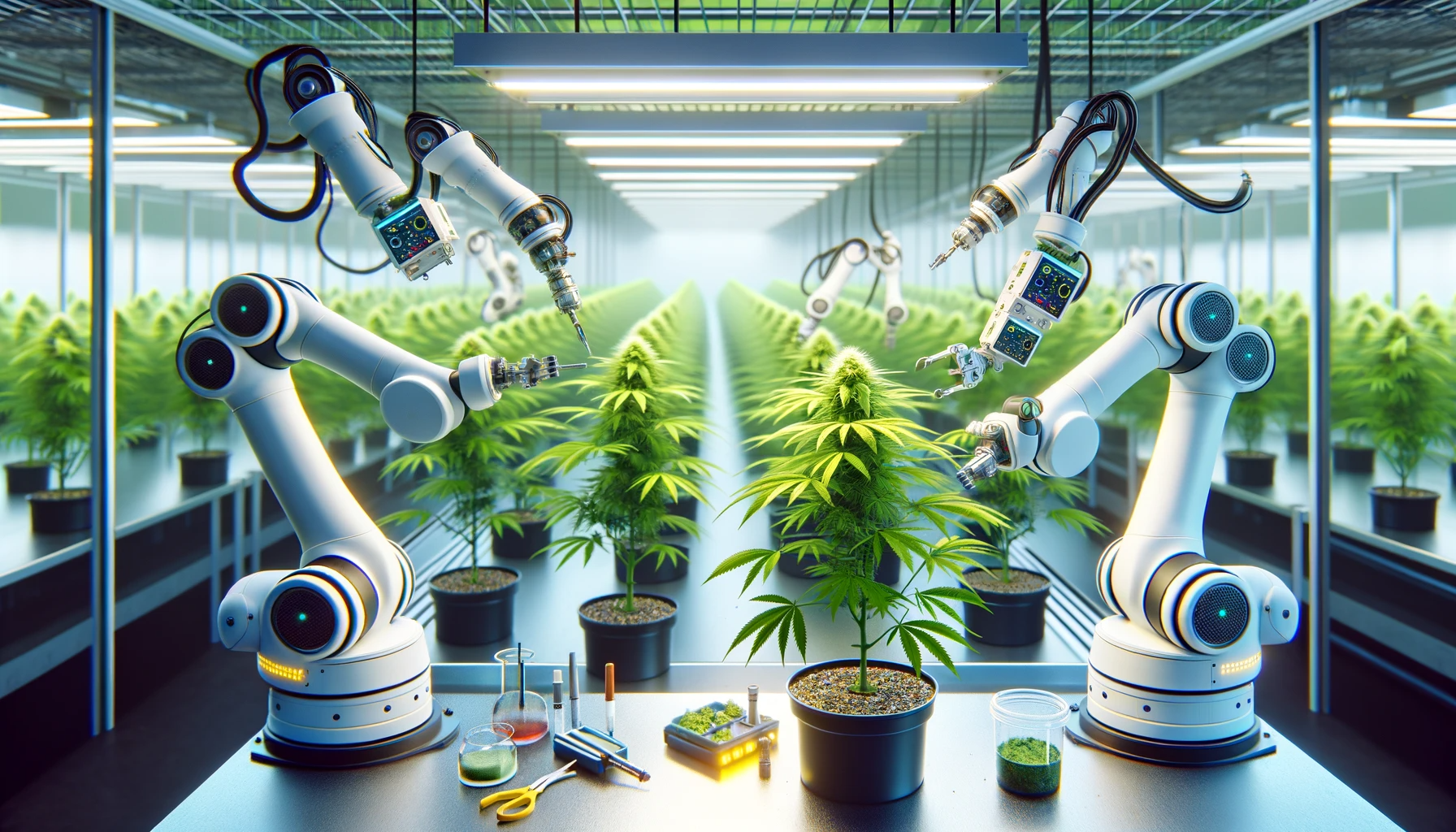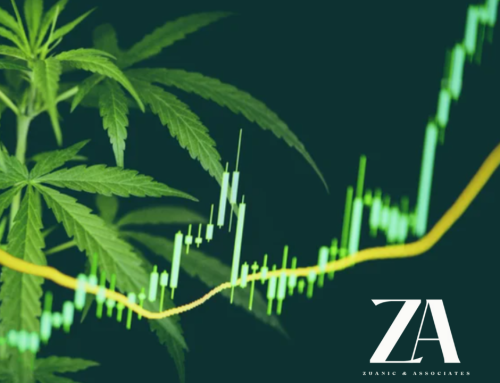AI in Cannabis Cultivation: Navigating the Future of Efficiency and Craftsmanship
NEW YORK– The cannabis industry, long characterized by its blend of traditional cultivation methods and pioneering spirit, is now on the verge of a technological transformation. The integration of Artificial Intelligence (AI) into cannabis production heralds a new era where efficiency, quality, and innovation converge.
Automating Cultivation: The AI Edge At the heart of this revolution are AI-driven solutions enhancing various aspects of cannabis production. In cultivation facilities, AI’s role is multifaceted: from automating watering and nutrient applications to precisely controlling environmental factors. These advancements not only optimize crop health but also significantly boost productivity.
Another groundbreaking application of AI is in disease detection. Using spectral imaging, AI can identify afflictions like Hop Latent Viroid (HpLVd), a pivotal step in ensuring crop integrity. This technological prowess extends to the post-harvest phase, where AI excels in grading and sorting, arguably surpassing human accuracy.
The Automation-Craftsmanship Balance However, this technological leap presents a crucial balancing act. The craft cannabis sector, known for its artisanal approach, faces the challenge of integrating AI without losing its essence. The question is not just about replacing human labor but about harmonizing AI’s precision with the human touch that defines craft cannabis.
Economic Considerations and Legal Landscape The financial aspect of this transition cannot be ignored. High costs associated with fully automated systems remain a barrier, particularly in a market experiencing fluctuating cannabis prices. Additionally, the specter of federal legalization looms large, potentially opening doors for Big Pharma and their inclination towards uniform, GMP-certified production methods.
The Road Ahead Despite these challenges, AI’s potential benefits for smaller producers are significant. By lowering production costs and enhancing quality, AI can level the playing field, allowing smaller operations to remain competitive.
In conclusion, as the cannabis industry stands at this technological crossroads, it faces a future where AI could redefine not just production efficiencies but also the very standards of quality and craftsmanship. The journey ahead is complex, weaving together innovation, tradition, and economic reality, as the industry navigates its path in an AI-enhanced world.



































